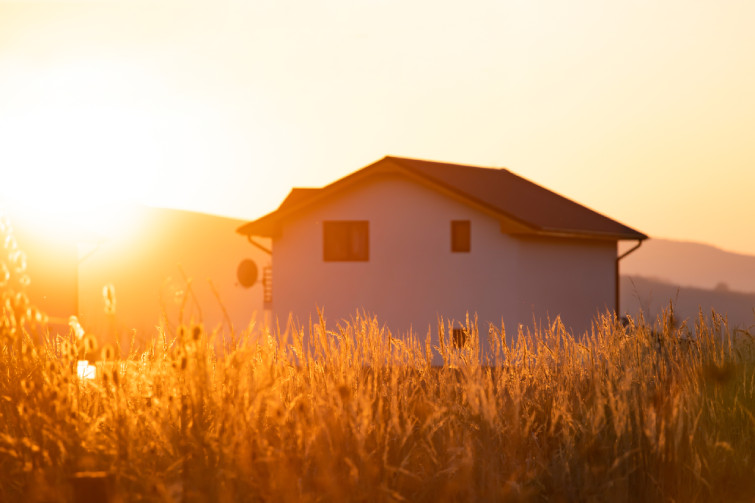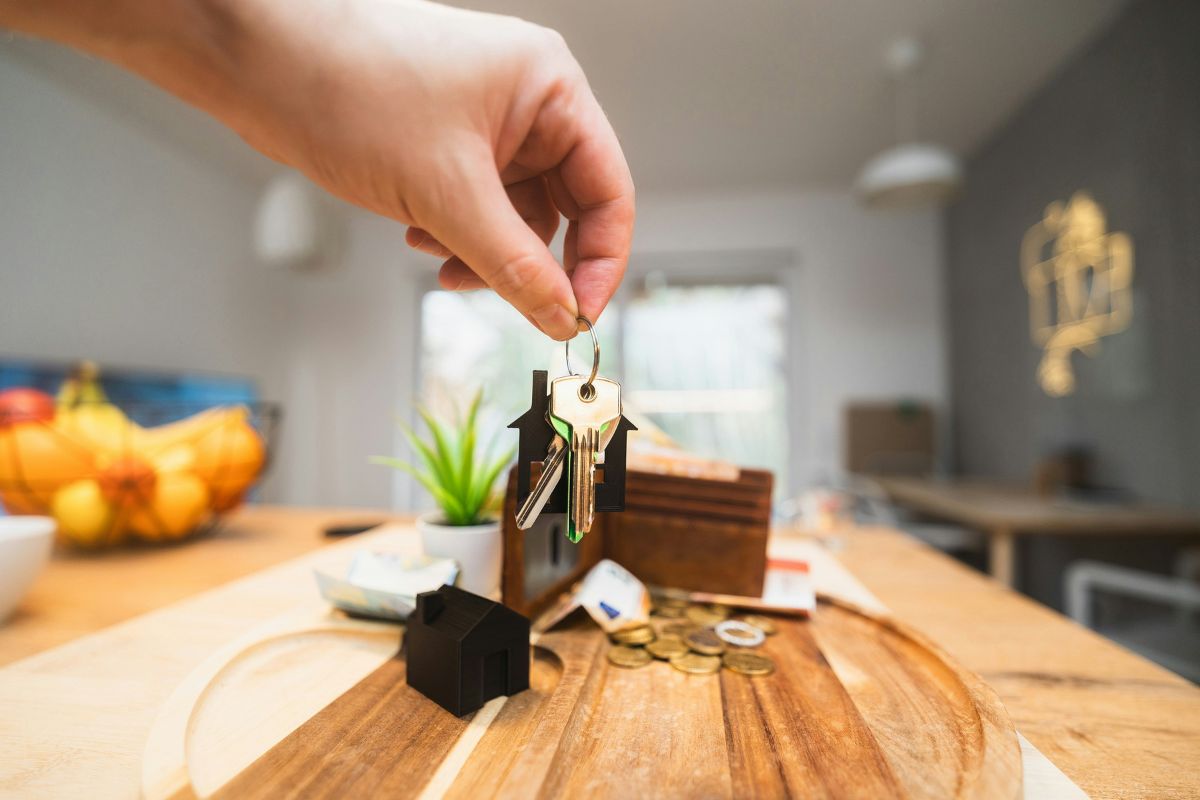Investors, Beware of Natural Disasters
The world watched in horror as the LA wildfires wreaked havoc and caused heartbreak and devastation.
And the bad news was amplified with the revelation that many of the homes were uninsured. Why? Some areas are so fire-prone that insurance providers refuse to take on the risk.
The USA may be a long way away, but it’s a universal truth that insurers will do whatever they can to ensure the flow of money remains one way…from us to them.
In Australia, there are also certain areas that insurers steer clear of, because the risk of having to pay out big money doesn’t satisfy their business model.
Australian regions prone to flooding, bushfires or cyclones will have fewer insurance options for property owners than others. Generally, premiums will be much higher, but in some cases, you can’t get insurance at all.
And things are about to get worse. A Climate Council report has identified a number of Australian regions it believes could be uninsurable by 2030.
All up, the council believes around 5.6 million Aussie homes are at risk of bushfire damage, while about 1.2 million are vulnerable to floods.
There are 10 electorates the report states are particularly at risk of having homes declared uninsurable. So if you’re planning to invest in any of the following areas, you might want to think again.
Flood zones in a fire state
The Victorian federal electorate of Nichols was the most at risk of homes becoming uninsurable, according to the council, mostly due to flooding risks, while Victoria itself is the nation’s most bushfire prone state.
Nichols has more than 71,000 dwellings and 42,000 families. More than a third of the dwellings would be uninsurable by 2030, the report claimed, due to riverine flooding.
Indi was the other Victorian electorate on the list, with 11,000 properties soon to be potentially uninsurable.
No-go neighbours
The northern rivers region of NSW suffered much publicised flooding in 2022 and at other times throughout history.
The electorate of Richmond was deemed the second worst after Nichols, with one in five properties potentially unable to get insurance by the end of this decade.
Of these, 14.5 per cent were at risk of rivers breaking their banks, and more than 5 per cent vulnerable to bushfires.
Next door electorate Page, home to the flood prone town of Lismore, had 11,691 homes at risk.
Sunshine state?
Qld had the most electorates on the list, which may particularly be of interest to B Invested investors, who hold a lot of properties north of the Tweed.
The worst of the Qld electorates was Maranoa, where nearly 20,000 homes could soon be uninsurable. This southwest electorate, home to towns like Toowoomba, is also the state’s largest by area.
Moncrief, surrounding Surfers Paradise, was next on the list, followed by Wright, Brisbane and Griffith.
Meanwhile, rounding out the 10 electorates was one entry from South Australia, Hindmarsh, which covers the western coastal suburbs of Adelaide. There, nearly 11,000 addresses may soon be unable to be underwritten against natural disasters.
Identifying Risk-Prone Regions
There are ways investors can seek information about an area’s likelihood of natural disaster while undertaking their due diligence.
First, research historical data for past events. The Bureau of Meteorology and Geoscience Australia provide comprehensive records of floods, bushfires, cyclones, and earthquakes. This data can reveal patterns and trends that indicate future risks.
Next, consult online risk assessment tools. The National Flood Information Database or state-specific bushfire mapping services can provide valuable insights into an area’s exposure to risks.
Drilling down further, check local council websites. Councils often maintain flood maps, bushfire overlays, and other hazard data. They may also outline any existing mitigation measures, such as levees or firebreaks, which could affect safety and insurability.
You think there’s still value there
If you’ve assessed the risks but still believe there is value in a purchase in one of these areas, you can do a little further snooping.
In high-risk areas, insurance may be available, but at what cost? To find out, first request early insurance quotes from multiple providers before you consider buying. This will reveal the cost and terms of coverage and therefore whether the investment is viable for your budget.
If you are presented with some quotes, check the policies carefully. There are always curveballs in the product disclosure statement!
Read the statement thoroughly and make sure you are actually covered for flooding, storms, etc. Get help from a legal professional if you’re not sure.



